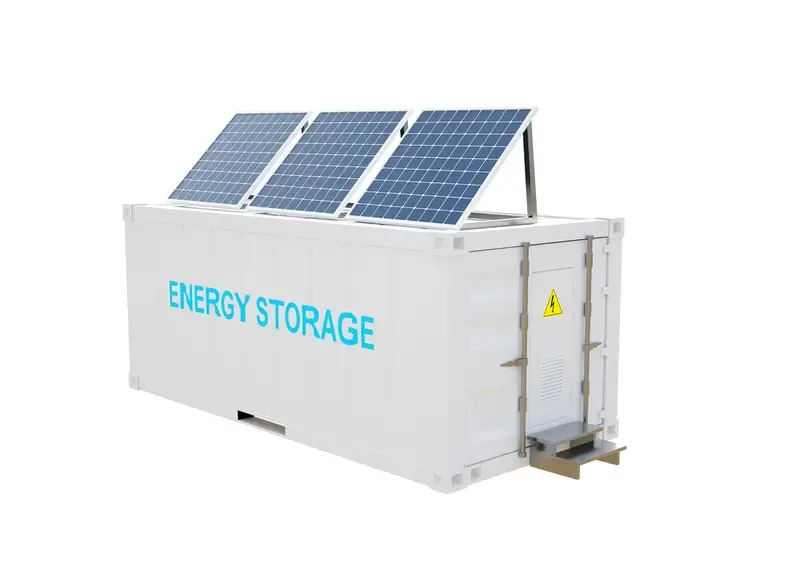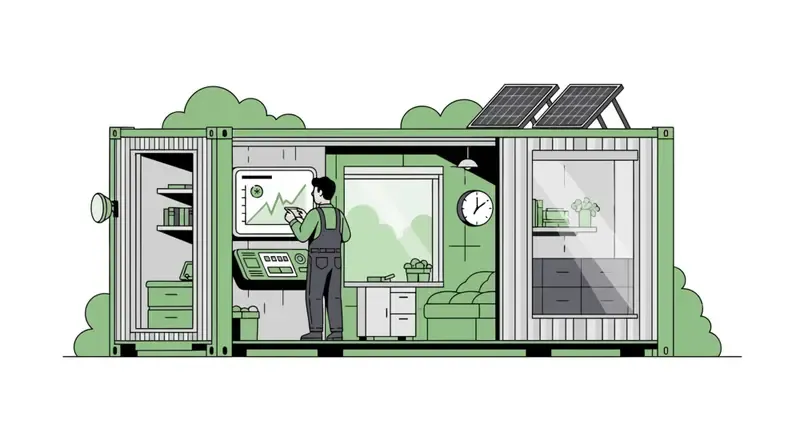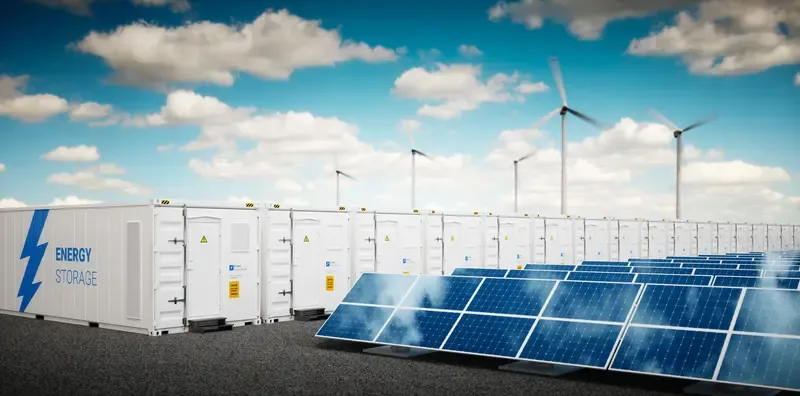If you’ve ever wondered what happens when modern housing design meets renewable energy technology, Portable Solar Containers might just be the answer. These innovative, modular living units aren’t just mobile—they’re powered by integrated photovoltaic systems, making them a self-sustaining housing solution for off-grid and urban applications alike.
Why Portable Solar Containers Are More Than Just a Trend
Before, portable housing was always equated with compromise—low comfort, insecure power delivery, and few amenities. With the advent of portable solar container technology, though, such is no longer the case. Contemporary units now come equipped with climate control, premium insulation, energy storage systems, and even smart home integration.
Take for example a project in 2023 located in Alice Springs, Australia, where a set of portable solar living modules was utilized for seasonal researchers. The modules were powered solely on solar energy and battery backup, offering smooth electricity despite being 200 km away from the nearest grid connection.
But here is a question that merits asking: Would such systems be able to replace traditional housing for ordinary city living? The answer rests on the availability of space, energy consumption habits, and whether or not local governments are able to adapt to such a phenomenon.

Features That Distinguish Portable Solar Containers
When one looks at this technology, technical and design features are differentiated:
- Integrated Solar PV Systems– Designed tilt and facing high-efficiency panels to maximize energy generation.
- Battery Storage System– Lithium-ion or LFP (Lithium Iron Phosphate) batteries with module scalability.
- Intelligent Energy Management– Load balancing automatically and AI-based consumption forecasting.
- Portability– Unit is pre-designed to accommodate standard container shipping, saving costs.
- Sustainable Materials– Recycled steel, green insulation, and low-VOC interior finishes.
The Worldwide Impact: From Remote Villages to Disaster Relief
Perhaps most fascinating regarding portable solar containers is their interchangeability among regions and uses. In the Philippines, portable solar shelters have been employed after typhoons to house homeless families and provide renewable energy to critical equipment. In Namibia's rural areas, however, these containers are employed as permanent teachers' accommodation, maintaining education in areas without grid connectivity.
So, can this model recreate the rules of housing in developing and developed nations? With the convergence of clean energy and mobility, the potential is absolute.

Industry Insights and Future Outlook
Market for portable solar container homes is likely to grow at over 15% CAGR between 2024 and 2030, according to clean energy sector reports. Advances like bifacial photovoltaic panels, in-built rainwater collection, and thermal energy storage are already being tried in proof-of-concept prototypes.
But there are hurdles—primarily in cost, mass adoption, and acceptance by local building codes. For instance, in European cities, there are strict zoning laws that limit container housing, although they are effective in energy usage.
It is what makes Portable Solar Containers so intriguing is that they fill two upcoming requirements: the need for sustainability and the ease of mobile homes. From the urban developer to humanitarian organizations and off-the-grid advocates, this technology opens doors to scalable, green housing options.

